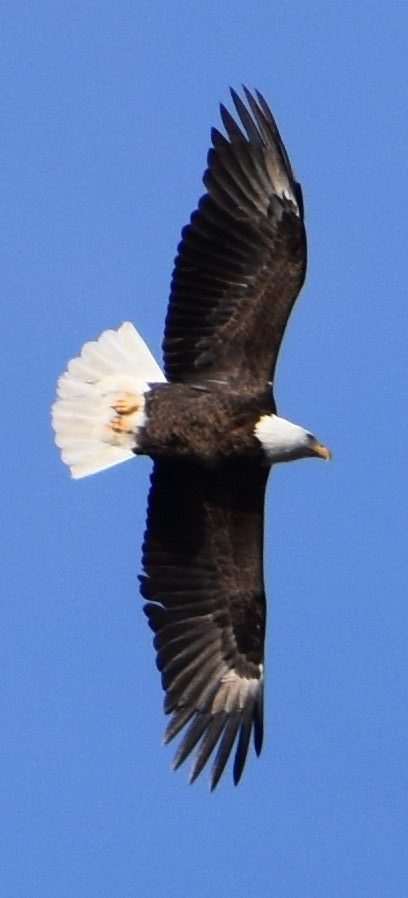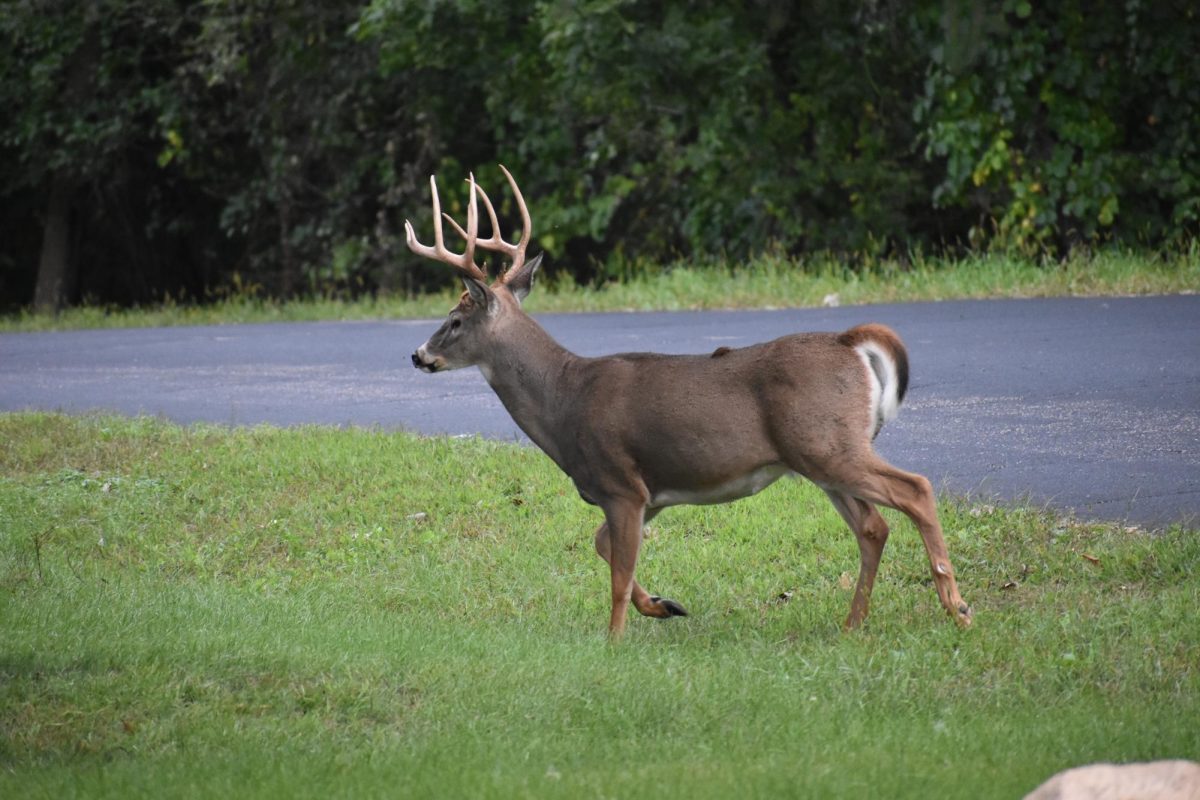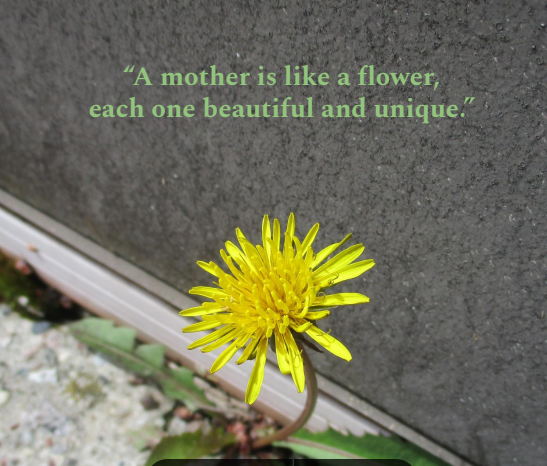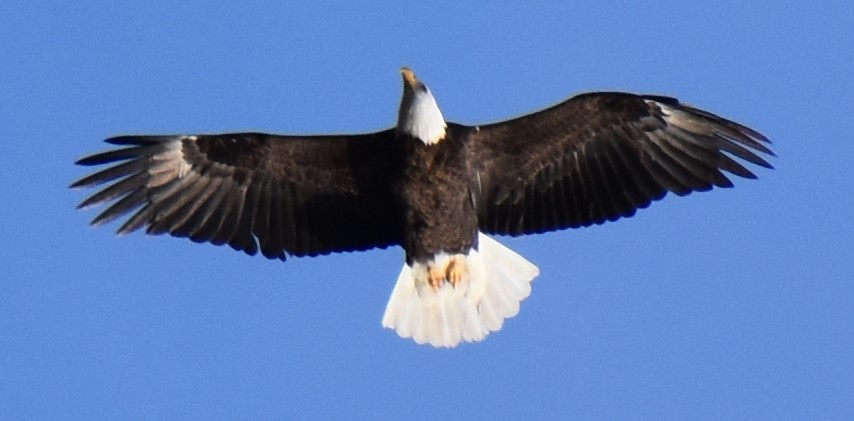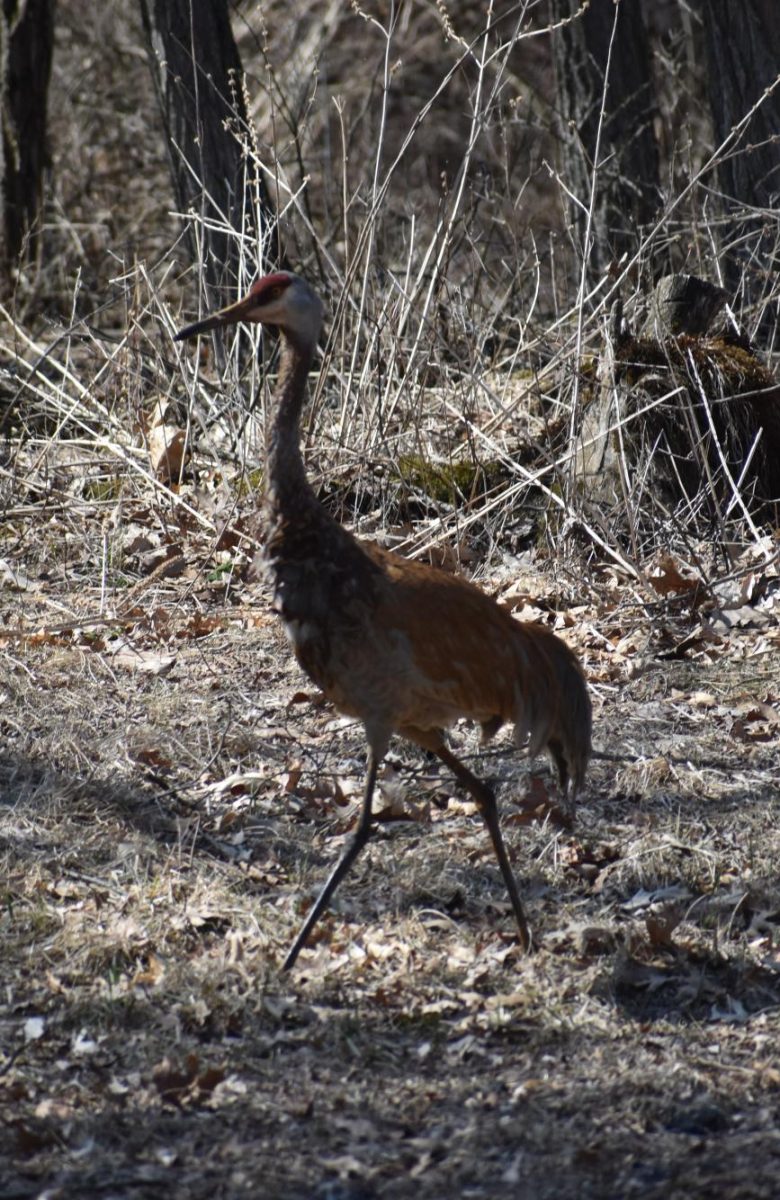“When we hear his call, we hear no mere bird. We hear the trumpet in the orchestra of evolution.”
-Aldo Leopold
Sandhill Cranes have a strong cultural and spiritual connection for many in WI and around the world. Leopold considered cranes to be a symbol of Wisconsin’s untamable past, and detailed in his writings the deep connection between cranes and Earth’s geologic history.
At the time of his observations, Sandhill Cranes were close to extinction. The recovery of the Sandhill Crane is considered to be one of the greatest conservation success stories of our time. Through habitat restoration and hunting reform (The 1916 Migratory Bird Treaty Act) the cranes were ultimately saved.
Sandhill Cranes are among the oldest living birds on the planet, with the earliest crane fossils estimated to be 2.5 million years old.
Other interesting facts about Sandhill Cranes:
- Wingspan of 6-7 feet
- Lifespan of 20-40 years
- Flight speed of 25-35 miles per hour
- Travel distance of up to 300 miles per day during migration
- Their bugling or rattling calls are haunting and beautiful, similar to prehistoric pterodactyls
- Contribute to a healthy environment by eating many harmful insects
Some of the things that make cranes unique from typical migratory birds:
- They are long-lived, living up to 40 years
- They are monogamous and mate for life
- They are slow to reproduce. Don’t reach sexual maturity for 3-5 years, only lay 1-2 egg clutches, and often fledging only 1 young per year
Cranes unique link to Wisconsin:
- Breeding: WI is home to the largest breeding population of the Eastern crane population
- Geology: Marshlands. WI has a notable # of areas where the Sandhills converge to rest and eat
- Ecotourism: These large staging areas provide public viewing that support ecotourism opportunities
SOURCE: SIERRA CLUB, Wisconsin Chapter












